In a time when artificial intelligent platforms can help medical practitioners manage their admin work and robots can help perform surgery, it’s safe to say that the entire healthcare industry is undergoing a technological and digital revolution.
From complex procedures to simple doctor consultations, the healthcare landscape 2025 is currently getting a much-needed facelift and embracing the concept of telehealth. Among these new developments in healthcare is digital marketing!
While this progress is exciting and most welcome, there are certain limitations that healthcare marketers need to keep in mind when creating campaigns.
Spending on healthcare advertising in the United States has nearly doubled over the past two decades as companies compete for their share of the world’s largest healthcare market, according to a US study.
Annual healthcare marketing has grown from $17.7 billion in 1997 to at least $29.9 billion in 2016, thanks to a rapid increase in spending on direct-to-consumer (DTC) advertising for prescription drugs, according to the study.
In an early 2022 survey of healthcare professionals in the United States, respondents were found to spend 7.6% of their marketing budget on social media in 2021.
Why Healthcare Digital Marketing Is Important
Digital marketing is important in today’s technologically-driven world because it’s how brands interact with consumers. Brands are able to craft and create their desired reputation through social media and online reviews. This is why creating a social media strategy for local business is so important, especially for healthcare brands that are, more often than not, known for being criticized in the public eye.
With most of the world moving into the online space to do business, the healthcare industry has also needed to make the move and start the process of digital transformation. In a time where health and wellness are more important than ever, the need for healthcare marketing is astronomical.
In addition to all the benefits we will mention below, the need for people to be able to access healthcare services and information when they need it is important. If this information is not available, people will look for it elsewhere – like your competitor’s website.
Brands are able to write copy and generate content that shows users why their company is better than the competition. Previous customers can also attest to the quality of their products and services by leaving a comment or review online.
Going digital with your marketing strategy also means you can get information and results instantly. You can see where your money is going and what your return on investment is almost immediately. Marketers can also spot patterns and track user behavior to drive conversions with targeted marketing messages, all at a price point that works for their budget.
Another amazing thing about digital marketing is that interactions and transactions are completed on the world wide web. This is especially handy for healthcare brands that also have a physical presence because patients and patrons can complete paperwork before visiting their facility.
Consultations and doctors’ visits have also made the move to the online space, making it easier than ever to access high quality healthcare from anywhere in the world, giving rise to telehealth services.
There are dozens of online platforms that are meant to help alleviate some of the pressure off marketers with the help of machine learning and AI. This means you can spend less time on remedial tasks and focus more time on your patients!
Allocating more dollars towards digital is one of the hottest healthcare marketing trends of 2022 for the exact reasons we listed above.
What are the Challenges to Healthcare Digital Marketing?
Here are seven key areas that challenge healthcare consumers:
1. HIPAA compliance issues
HIPAA is the name of the game when it comes to healthcare in the United States. This complex set of rules affects almost every aspect of the industry, from care delivery to the healthcare procurement process.
Healthcare marketing contracts are a headache. Until the 1970s, it was illegal to own a clinic or practice. Healthcare marketers are prohibited from using certain tools, such as social media, to protect users’ private health data.
2. Public opinion about healthcare
Let’s face it: most people don’t like the healthcare industry. The recent controversy over the nature of health insurance has only shown the challenges of the health market. Finding a doctor, you trust is a relief, but not all clients have experienced this. Today’s consumers are inundated with countless drug advertisements and mountains of “mouse’s feet”. It may take effort to win over skeptical or even scornful listeners. Fortunately, practices can make a lot of difference with inbound content marketing.
3. Strong marketing budget
Although the pharmaceutical industry often has a tight marketing budget, one of the biggest challenges in the health market is other connections and cost-effectiveness. Small practices and hospitals do not make marketing a priority, while hospital advertising focuses on donors.
Hospitals are coming to realize that they need to differentiate themselves in a digital and consumer-driven healthcare market. However, it may take a lot of education and campaigning before other healthcare leaders see the light. The budget reflects that, unfortunately.
4. Resistance to change
Most consumers are satisfied with having a choice and company when it comes to health care. However, some doctors have different opinions. They worry that marketing will increase the pressure on patients to agree to what they don’t want and reduce the value of their professional advice. It is true that when it comes to health, doctors are experts. Today’s consumers need to interact with them. But doctors can serve their patients better than ever by finding ways to build trust and make everyone feel valued.
5. The power of reviews
And that brings us to this. Understandably, some “old school” doctors resent online reviews being so influential. But don’t be pessimistic: physicians have great potential to gain insights that drive their business forward.
Customers can work with doctors to help. Although no one can control a patient’s health, reducing confusion in the medical experience is important. Better communication, clearer documents, and, yes, great digital content all play a role.
6. Market segmentation
Over the past decade, healthcare organizations have developed electronic medical record (EMR) systems to help them make sense of large amounts of information. However, many of them do not use the best tools, such as customer relationship management systems.
Before you can have an effective campaign – especially with personalized, sophisticated methods like email marketing – you need to know who your customers are. It takes both tools and strategic thinking to design a plan that honors the hosting service.
7. Market triangulation
The American healthcare system is one of the most complex. Hospitals should have a comprehensive billing department just to make sense. This directly affects sellers, as customers who may be “good enough” for insurance purposes can be excluded.
Squaring around all the different stakeholders is one of the endless challenges of the health market. In addition to consumers and doctors, marketers must explain how insurers, regulators, and even legislators will understand their work.
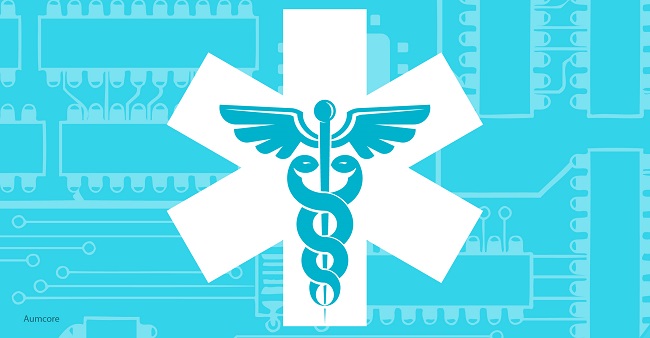
10 Effective Digital Marketing Strategies for Healthcare Brands
Now that you understand why digital marketing is important, let’s move on to the strategies your team can use to help boost efficiency, drive sales, and please your customers. These strategies can be applied individually or as a group! Mix and match until you find the right combination that best suits your business.
1. Email Marketing
The estimated ROI when it comes to email marketing is 4200%. This seems crazy, but when you realize that the vast majority of consumers check their email every day, it suddenly seems like a good idea to invest in this medium. Create an email marketing strategy that your users will find informative and helpful.
Tell your users what’s new with your brand or about the latest FDA approvals. Send them healthcare industry related news articles you think they’ll find interesting or deals on your products and service. This is just one role of digital marketing in the healthcare industry. Email marketing is all about having an open stream of communication with your users.
2. Mobile Marketing
Mobile marketing can be anything from optimizing your website content to creating a mobile tailored marketing campaign so your ads appear on mobile devices. Users spend roughly 5 hours sifting and scrolling through their mobile devices, which means that you need to optimize your content for on-the-go users if you want to keep your healthcare marketing strategy robust.
3. Responsive Web Design
Going off of mobile marketing, responsive designs that resize all content for the screen they reside in are important aspects of all digital strategies because, if you users can’t get to your site, they can’t do business with you. This element of digital marketing ensures your content will look exactly the way you want it to across all internet connected devices; it’s essential to your digital marketing strategy for a healthcare business.
4. Video Marketing
51% of marketers say that video marketing is the content that yields the best ROI, and Mary Lister of Wordstream also notes that 65% of consumers make a purchase after viewing video marketing content. The facts don’t lie! Video is an easily digestible content format that users enjoy. Use this digital strategy when you want to tell users something about your company.
5. Social Media Marketing
If you’re a healthcare startup looking to keep your marketing budget low but your impact high, focus on social media. Whether you work for a healthcare behemoth or a small healthcare brand looking to make a change, social media can help you interact and engage with your core audience for absolutely nothing. (Except maybe a little time and effort!) The most important part of social media marketing is choosing the right social platform for your business. This means determining which social site your consumers hang out on the most. Facebook and Instagram are currently in the lead, as advertisers say these two sites yield more positive results for their marketing campaign. However, if your audience is largely present on LinkedIn or Pinterest, that’s where you should be too!
6. Influencer Marketing
Influencer marketing is a great choice if you’re a B2C healthcare brand like care/of. This company offers a personalized monthly vitamin subscription that helps consumers get their daily vitamin needs. After taking a brief quiz about your medical history and health goals, care/of provides you with a month’s supply of customized pouches that have your daily dosage of prescribed vitamins. They’re conveniently packaged so you have the option to take them on-the-go or enjoy them while you’re at home. As it happens to be, their partnership with YouTuber and beauty influencer Sophia Chang helped their brand get in front of a younger, niche audience who may not necessarily be thinking about their daily vitamin needs. Consider influencer marketing to be one of the keys to a strong healthcare digital marketing strategy in 2025.
7. SEO
SEO is a huge umbrella that encompasses and touches a bunch of different aspects of digital marketing. For starters, a great way to approach SEO for your website is to go through its content to see if you’re using the correct keywords within the copy. This will help search engine crawlers identity whether or not your webpage would be a good search result for user queries.
8. PPC
Pay per click is a form of advertising that helps drive traffic to your website through paid clicks. These ads are generally seen on search engines like Google, Bing and Yahoo, and appear at the top of SERPs in response to a user’s query (pending your site’s relevance, or course). PPC ads are placed based on a bidding system called an Ad Auction which is an automatic system search engines use to determine which ads get placed where.
To begin creating a PPC campaign for your healthcare business, you will need to determine the keywords users are searching for while looking for your products or services. Those keywords can be anything from “nursing,” “healthcare,” “nearby pharmacy,” or even “medicine for headaches.” Cross reference your business offerings with user queries with keyword research to figure out what words your target audience is using to look for your brand.
PPC strategies are great for healthcare marketers who are looking to increase their digital traffic and drive sales. A PPC campaign is a great place to start and can provide a solid foundation to your digital marketing strategy.
9. Display Ads
Display ads are the bane of every internet user’s existence. While they may be super annoying for you as a user, they can also be very effective for marketers looking to increase sales. Use this digital marketing method when you have something to announce to your users, such as if you’ve recently launched a new e-prescription platform. While on the subject, did you know that PwC found that more than 70% of all doctors in Denmark, the Netherlands and Sweden write prescriptions electronically? Yeah, that many. Anyway, the point here is that display ads are a very good way to disseminate information, so get going!
10. Retargeting
Retargeting is a reliable marketing strategy that targets users who have already expressed interest in your brand, allowing you to build customer loyalty. When it comes to retargeting, the trick is to gather as much information as you can about your users’ previous purchase history and their behavior. This data is important because it will help you create a unique and tailored marketing message that addresses their current needs.
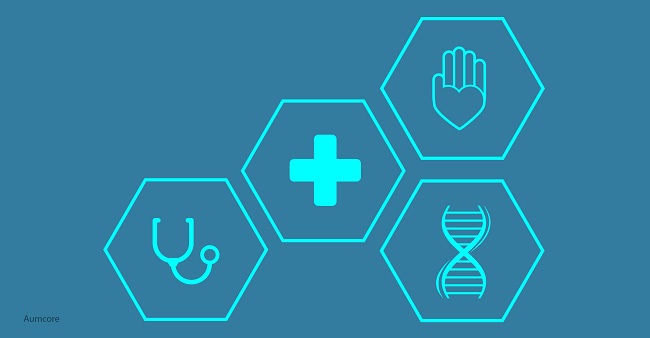
What Will the Healthcare Landscape Look Like in 2025?
The biggest change for the future of healthcare will come from the users. Consumers Smart healthcare business owners and operators know that it is wise to look into the future of healthcare technology. The idea is to free up valuable time in their busy work hours to better understand what is possible. This can help strengthen their bottom line.
For example, are there changes in local patient numbers to watch for, as experts predict the next flu season will be more severe? What about emerging technology trends that could impact your organization or healthcare professionals?
One thing you can count on is that the state of software and technology won’t last long and is subject to overnight change. Innovation is always around the corner. The trick is to stay on top of health technology trends to get your team ready. It’s often difficult to keep up with changes that can affect the way you serve patients.
5 Marketing Trends Taking Over the Healthcare Landscape In 2025
Armed with the knowledge of how the healthcare industry is changing and the importance of a marketing strategy, let’s take a look at some of the trends we’re expecting to see in 2025.
Here are the top 5 healthcare trends we’re watching in 2025:
1. Telehealth
The arrival of the global coronavirus that caused the disease COVID-19 has shut down a large part of the economy and has had a significant impact on health practices and health technology systems. Many patients have canceled their appointments, fearing the thought of spending time in waiting rooms with other possible infections, not to mention face-to-face meetings at reception with nurses and doctors.
Therefore, the use of telehealth has increased as a way to allow doctors to continue seeing patients, albeit in a limited way. Experts predict an increase in the use of telemedicine. According to a report from Healthcare Dive, the cost of medical services related to telehealth may increase by 265% between 2020 and 2023, from $29 billion to $106 billion.
2. Cloud computing for external billing
Another pain point for medical practice since the epidemic increases the shortage of workers as medical professionals retire or move to other places, which is evident in the treatment industry. It has been particularly difficult in California and New York, where the healthcare workforce could shrink by 500,000 professionals by 2026. One result of this shortage is that health systems are racing to meet the bills. them well and quickly.
3. Remote patient monitoring
In 2025, it can be thought that it will be easy to attach a heart monitor to a patient for home birth instead of keeping him in the hospital for several days. Healthcare providers can see an important number of their patients still at home and check from the comfort of their office.
4. A comparison of technology and security costs
It’s safe to assume that hackers will try to access your data, stealing sensitive patient information that you need to keep complying with the Health Insurance Portability and Rights Act of 1996. You can consult a professional for computer security to ensure that you are taking the necessary steps to strengthen your network and maintain patient privacy.
5. Intellectual and health services
It’s no secret that intelligence is making waves in many areas of business today, and health is no exception. You can interact with AI when you call a company without customer service representatives, or your bank can use artificial intelligence to qualify you for a loan. In medicine, people are relying on AI to speed up drug billing and collection. These healthcare technology trends are possible because artificial intelligence can quickly analyze large amounts of unstructured patient data and make important connections to the healthcare industry.
Best Healthcare Marketing Campaigns
1. Carilion Clinic
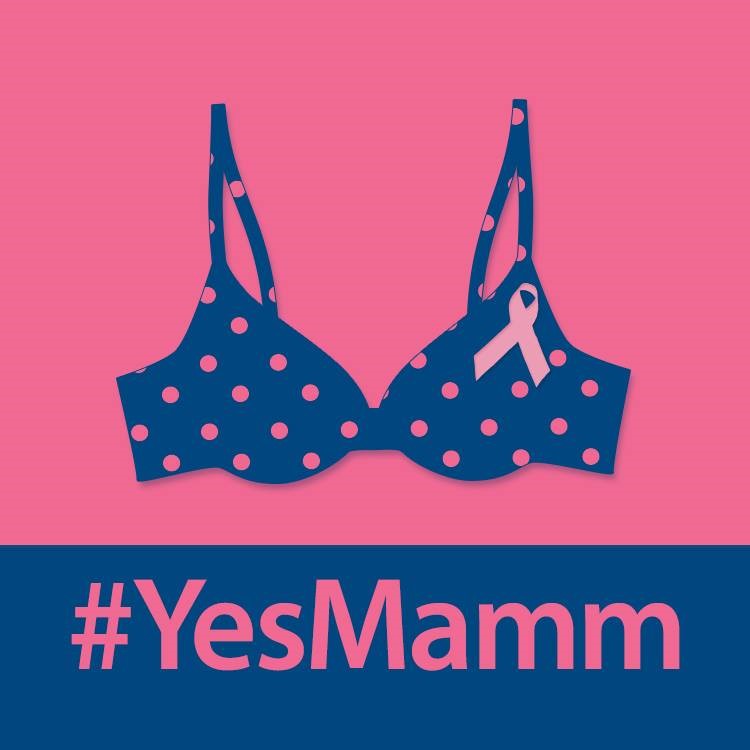
Several years ago, to raise awareness about breast cancer and the importance of early detection, the Carilion Clinic in Roanoke Valley, Virginia launched the “Yes, Mamm” campaign. The campaign used the hashtag #YESMAMM to answer the most frequently asked questions about breast cancer on Twitter. It also drove traffic to the Carilion Clinic website to encourage women to book an appointment at one of its testing sites. The #YESMAMM campaign is a great example of the power of hashtags to start a movement.
2. New York Presbyterian Hospital
For many businesses today, storytelling is useful for their image. Healthcare, in particular, is a good candidate for an uplifting success story of patients saved from hospital care. The story of patient Michael Kiernan is an example of how New York Presbyterian connects with its audience, publishing biographies of doctors and nurses who were there and served the public.
3. UnitedHealthcare

UnitedHealthcare’s multi-award winning “We Dare You” campaign stands as the gold standard for what can happen when healthcare companies engage with their enrollees. Through monthly “challenges” and prizes on its website, United Healthcare encourages followers to make one small health change a month and post it on social media. This social media has not only led to better health habits but has also developed a loyal online group of people who interact with each other.
Key Takeaways
The technological revolution has finally reached the healthcare industry, and the changes and updates we’re seeing are just as exciting as science fiction because they are now a reality. Electronic prescriptions, online paperwork, robots performing surgery—it’s almost as if we’ve stepped into Star Trek. (Without the zapping, just yet anyway.)
Hopefully, this blog post has shown you how healthcare brands can utilize digital marketing strategies to help inform, educate, and communicate with consumers about their products and services, and why digital marketing is important in healthcare.
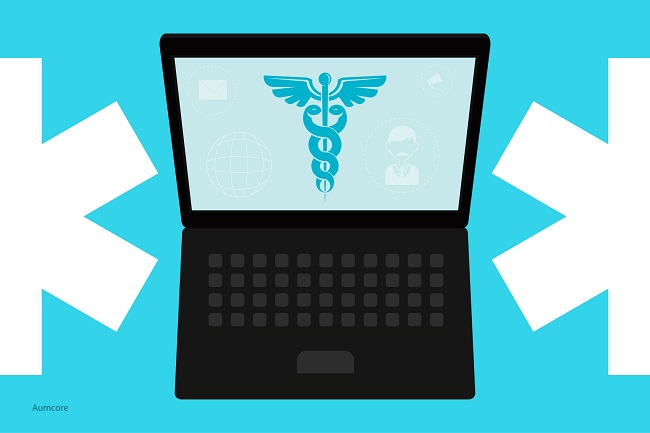

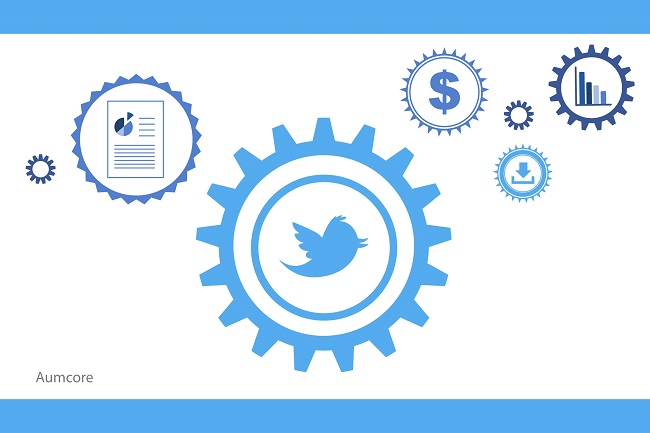


Tell us your thoughts in the comments